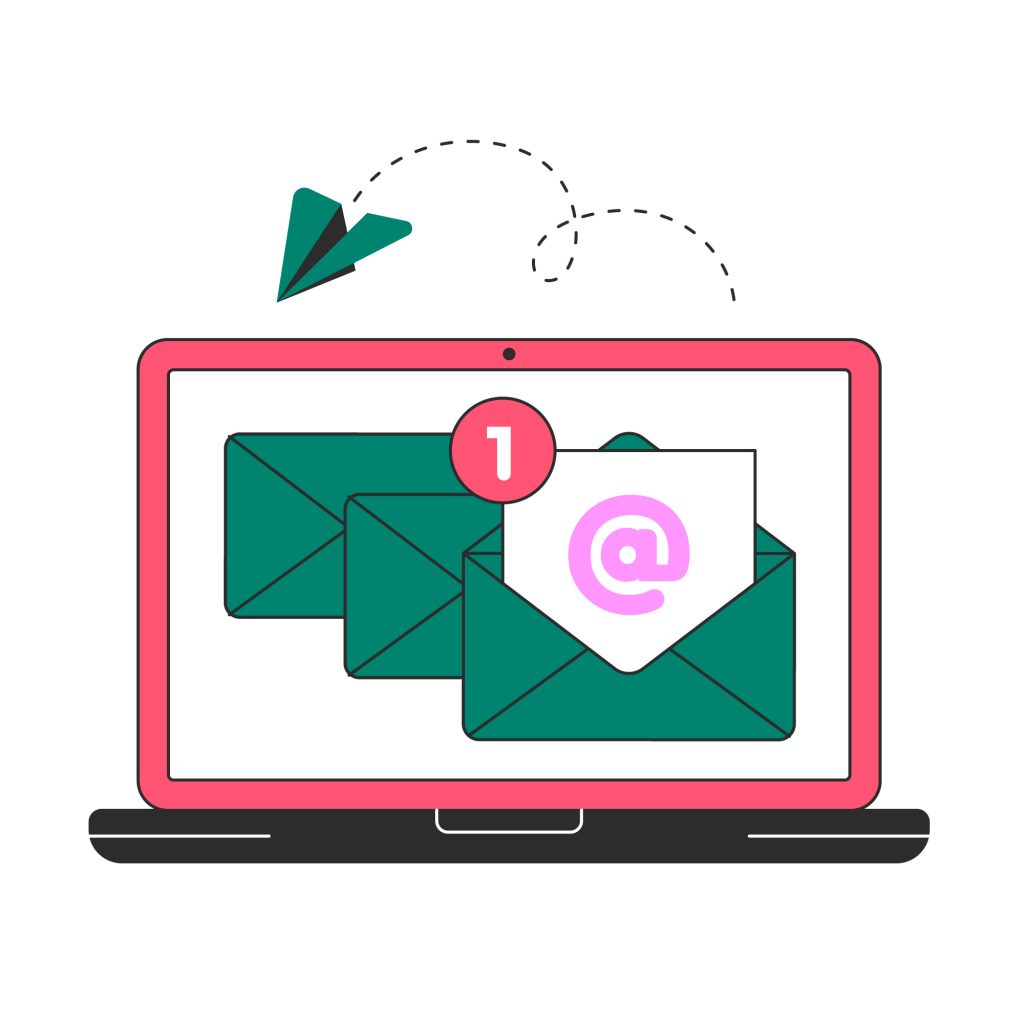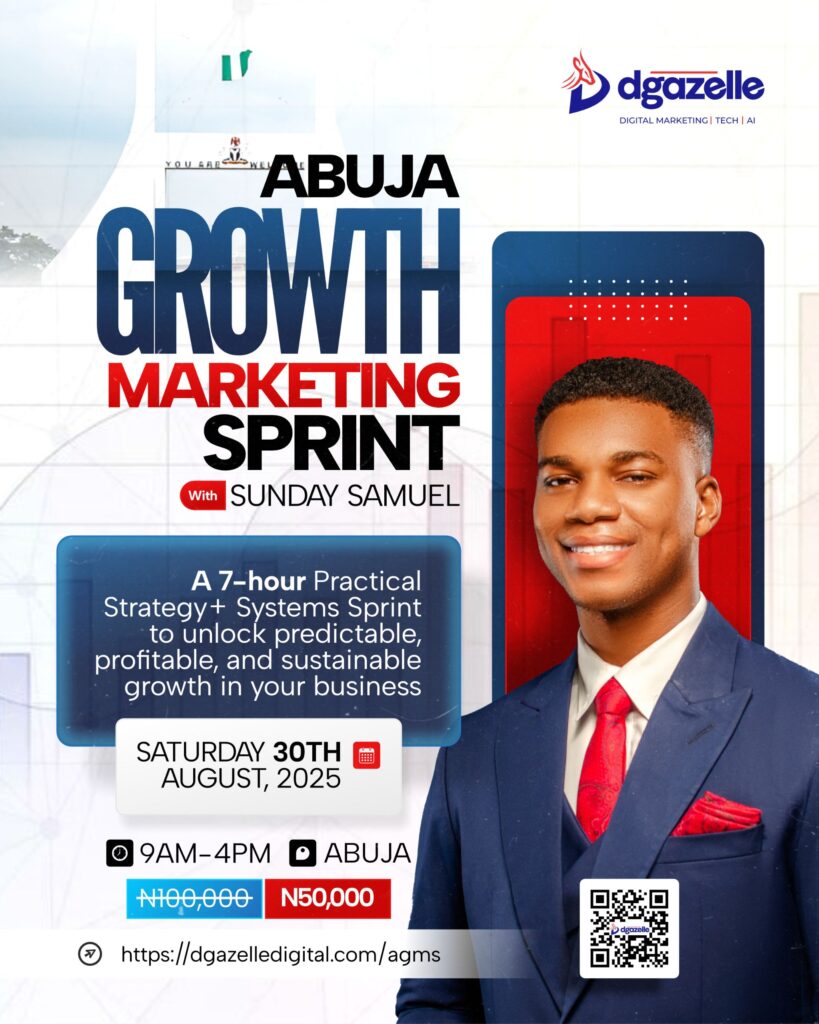One excellent way to interact with and get to know your customers is through email marketing. Emails are automatically sent out by drip campaigns in response to predetermined actions or timetables, simplifying the procedure. Email drip campaigns can be used for any purpose, such as introducing yourself to new clients or turning leads into repeat business. They are also very easy to set up and use.
Learn about email drip campaigns, how to start one, their advantages, and some successful instances by continuing to read.
What is email drip campaign
A drip campaign is a sequence of emails that are delivered automatically in response to a predetermined schedule or user activity. It is also referred to as automated marketing or automated email campaign. Delivering the appropriate information to the right person at the right time is the goal of drip marketing. You may create campaigns, for instance, to send out welcome emails to those who join your email list and emails with price details to visitors who have been looking at your products page for a few days but haven’t made a purchase.
To ensure that your email content is as specifically targeted as possible, you can segment your email list however you see fit and apply different triggers to different groups. The recipient’s name and other details can be included to drip emails, which are prewritten and can be modified.
Types of email drip campaign
These are just a few of the numerous email drip campaign configurations you can create.
Welcome email
A new subscriber is introduced to your business and extended a warm welcome to your online community through welcome emails. They provide your company a more human touch and inform clients of what to expect from your communications. A discount code may be included as a token of appreciation for signing up.
Onboarding emails
While welcome emails and onboarding drip emails are delivered at the beginning of a customer’s relationship with your business, onboarding drip emails offer more practical information about your company than welcome notes do. Users who receive onboarding emails may be informed of anything particularly significant about your business or product, as well as how you differentiate yourself from rivals in the industry and how to get in touch with you should they have any problems. These emails may also include instructions on what the recipient should do next to maximize their benefit from your company.
emails about shopping cart abandonment
When a visitor adds something to their online shopping basket and then departs from your website without completing the purchase, this is known as shopping cart abandonment. When this occurs, you can utilize drip campaigns to remind the visitor via email that they are intending to make a purchase.
emails for subscription renewal
Use a drip campaign to inform clients that their subscriptions are about to expire in order to build your company’s credibility and give them a sense of importance. Thank your clients for their business in the email and make it simple for them to unsubscribe if they so choose.
Listing building emails
In order to ask new website visitors to consent to receiving emails from you, you can also run a drip campaign. Building your email list with clients who are really interested in your business and are likely to interact with your material is made simple using this method.
How do you create an email drip campaign?
Here are six easy steps to start an email drip campaign of your own.
1. Determine your triggers and audience.
Determining the target audience for the emails is the first and most crucial stage in an email drip campaign. Your audience needs to be divided up, and you need to choose which groups and triggers to employ to reach them.
A wonderful method to tailor your drip campaigns and provide your consumers the information they need at the correct moment is to identify your audience. This will help them feel appreciated and encourage them to become repeat customers. Based on user activity, clicks, and frequency of visits, target your customers.
2. Establish your objective.
Setting a target is the second most crucial step in developing an effective email drip campaign. It is easier to organize the other components of your campaign and maintain focus when you have a clear goal in mind. When creating a goal, follow the SMART approach: make it time-based, relevant, measurable, attainable, and specific. What outcomes are you hoping the drip campaign will bring about? That’s what you want to achieve.
3. Compose your email.
Use the knowledge you now have about your aim and target audience to help you write the email copy. Your email should have a clear call to action (CTA), be helpful, and catch readers’ attention. Consider your goals and what you would like the user to do. Do you want the person receiving it to buy something? Would you like to share product information? That ought to be reflected in the text. Make sure your message is understandable and authentic to the voice and brand of your business.
4. Make a campaign plan.
Plan your drip strategy from start to finish to guarantee its success. This entails choosing how to divide up your clientele, establishing your objective, and figuring out how to gauge the campaign’s effectiveness. When organizing your drip campaign, keep these things in mind.
- Who is your target audience and why
- The objective of your campaign
- How many emails you send, how they are ordered, and whether your triggers and message align
- How you plan to quantify success (i.e., the kinds of analytics you plan to employ and the metrics you plan to monitor)
5. Start the advertising campaign.
You are prepared to start the campaign once you have chosen which numbers to track, developed your message, and identified your target audience and aim. You have two options: use some of the top email marketing services or marketing automation tools, or put your own email drip campaign software into action. Creating emails and scheduling them for automatic sends based on various triggers is made simple by these tools.
6. evaluate the campaign.
For a complete picture of your drip campaign’s effectiveness, you should evaluate it both during and after it is put into action. Utilize the metrics you selected during campaign planning to identify the campaign’s strong points and places for improvement for the next time it is distributed. Tagging links in your emails with Urchin Tracking Module (UTM) parameters—short text tags that make sure data is sent automatically to Google metrics—is one of the simplest ways to collect important metrics.
Conclusion
Drip campaigns have the power to both re-engage past clients and keep your current clientele interested in your business. Because they are driven by marketing automation software, they are also among the least demanding components of any successful marketing strategy. Your drip campaigns have the power to increase sales income and boost open and click-through rates for marketing emails by using the appropriate automation platform and strategic planning.
GET IN TOUCH
Ready to supercharge your customer engagement? With years of experience, our digital marketing experts help businesses create compelling drip email campaigns that nurture leads and drive conversions. Contact Dgazelle and let us show you how our innovative email marketing strategies can elevate your brand and maximize your ROI.







